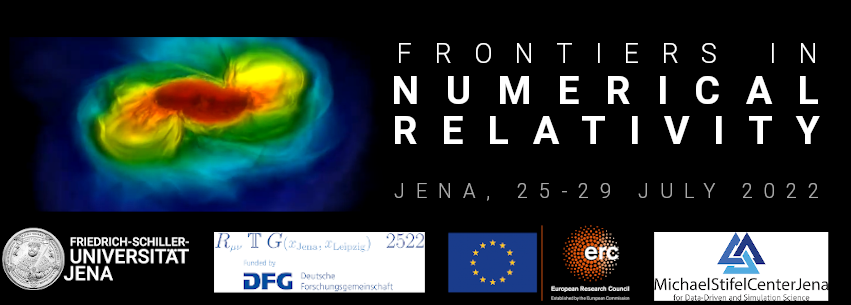Speaker
Description
Since the first general-relativistic simulation of a binary neutron-star (BNS) merger less than a decade ago, the numerical relativity community has embraced increasingly sophisticated and accurate descriptions of the physics of these systems, most notably, the gravitational-wave signal. On the other hand, the electromagnetic signals, which are crucial to understand in the novel context of multi-messenger astrophysics, are significantly more challenging to predict. Indeed, these signals stem from low-density expanding ejecta that must be captured in its dynamics and composition for long timescales. Neutrinos play a prominent role in the cooling phase of the merger remnant and during the expansion of the neutron-rich ejecta, thus affecting both dynamics and composition of the outflow. Therefore, they are a key ingredient to achieve a realistic description of the merger phenomenon and its electromagnetic counterparts. In this talk, I will present a new implementation of a gray two-moment (M1) radiation transport scheme in full general relativity, aiming to capture the neutrino physics in BNS mergers. I will highlight the technical challenges involved in the development of what is arguably a cutting edge tool for its modelling capability in the context of BNS mergers, while also presenting a comprehensive set of tests that allow for cross-comparison and validation of such codes in the research landscape.

